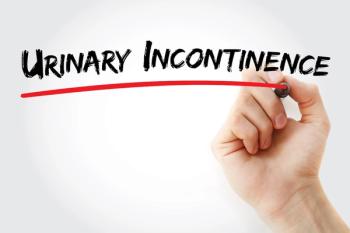
Morbidity, Barriers to COPD Care More Prevalent Among Patients Living in Rural Counties
A new national study is highlighting disparities in morbidity and barriers to care that face patients with chronic obstructive pulmonary disease (COPD) living in in rural areas.
Previous research has indicated that where you live can have an impact on various aspects of your health, with people living in rural areas often
“Our findings have important policy implications,” argued the researchers, who wrote, “The challenge of improving health and health care for the US rural population—including for those with COPD—has led to a number of policy proposals, many of which focus on addressing the relative scarcity of providers. For instance, the expanded use of telehealth has been proposed as a solution to regional provider shortages, an approach embraced by the Trump administration.”
The more than 34,000 patients included in the study were identified through the 2019 Behavioral Risk Factor Surveillance System, 21,758 of which lived in urban counties and 12,681 of which lived in rural counties.
In rural counties, racial and ethnic minorities were the most likely to forgo care. While 17.6% of rural Whites had forgone a medical visit due to cost, 35.3% of Blacks, 38.1% of American Indians, and 34.3% of Hispanics had forgone a medical visit due to cost.
A look at patient characteristics showed that those living in rural counties were older, more likely to be White, be married, and be a daily smoker. They were also more likely to be unemployed and have lower incomes and lower levels of education.
Looking at health outcomes, patients living in rural areas reported:
- Worse health(adjusted odds ratio [aOR] 1.35; 95% CI, 1.22-1.49)
- More difficulty walking or going up the stairs (aOR 1.25; 95% CI:,1.13-1.39)
- More likely to have a cough (aOR 1.34; 95% CI, 1.10-1.62), phlegm (aOR 1.35; 95% CI, 1.11-1.64), and dyspnea (aOR 1.28; 95% CI, 1.02-1.61)
The researchers emphasized that the findings also have particular implications for COVID-19, drawing on findings from a CDC analysis of 74,000 patients with COVID-19, which showed that those admitted to the intensive care unit for the virus had COPD or asthma. As hospitalization can accrue high out-of-pocket costs for those who are uninsured and underinsured, “Patients with COPD, and in particular those from rural areas, racial/ethnic minorities, and those of low income, may hence beat particular risk of financial toxicity due to medical costs during this pandemic,” they noted.
Reference
Gaffney A, Hawks L, White A, et al. Health care disparities across the urban-rural divide: a national study of individuals with COPD. J Rural Health. Published online October 11, 2020. doi:10.1111/jrh.12525.
Newsletter
Stay ahead of policy, cost, and value—subscribe to AJMC for expert insights at the intersection of clinical care and health economics.





























































